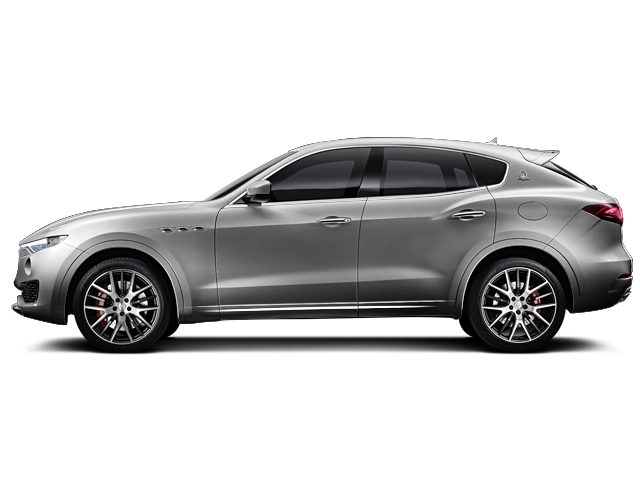2020 Maserati Levante Owner's Manual

Table of Contents
2020 Maserati Levante Overview
Introduction
The 2020 Maserati Levante is an embodiment of performance, luxury, and Italian craftsmanship, offering an exhilarating driving experience coupled with sophisticated style. This premium SUV combines Maserati's iconic design language with the versatility and functionality required for everyday use. With its distinctive silhouette and aggressive stance, the Levante captures the essence of sportiness while ensuring high-end comfort for both driver and passengers.
Powertrains
The Levante comes equipped with an impressive lineup of powertrains that deliver thrilling performance on demand. The base model features a robust 3.0-liter V6 twin-turbocharged engine generating an energetic 345 horsepower, while the Levante S ups the ante with a more powerful version of the same engine producing 424 horsepower. For those who crave the ultimate in performance, the Levante Trofeo is powered by a ferocious 3.8-liter V8 twin-turbo engine, pushing out an astounding 590 horsepower, enabling breathtaking acceleration and responsiveness.
Trims
The 2020 Maserati Levante is available in several trims: Levante, Levante S, and Levante Trofeo. Each trim level offers its own distinct character and comes with a comprehensive list of features tailored to enhance comfort, performance, and technology. From the elegantly appointed interior to the myriad options for customization, owners can enjoy a bespoke experience that reflects their personal taste.
Features
The Levante is packed with cutting-edge technology and luxurious amenities, ensuring a superior driving experience. Standard features include a panoramic sunroof, adaptive cruise control, a 12.3-inch touchscreen infotainment system, and a high-end audio system. Advanced safety features such as blind-spot monitoring, adaptive headlights, and lane-keeping assist are also available, making every journey as secure as it is enjoyable.
Owner's Manual
The owner's manual for the 2020 Maserati Levante serves as an essential resource for new owners, providing comprehensive information on the car's features, maintenance schedules, and troubleshooting tips. It is designed to enhance the ownership experience by ensuring drivers fully understand their vehicle's capabilities and recommended practices, allowing them to enjoy their Levante to the fullest.
User manual download
The Maserati Levante owner manual for the 2020 model year is to be found in PDF downloadable format on this page. The owner manual for the model year 2020 is free and in English, but the repair manuals are usually not easy to get and may cost more.
Manual Questions
Fill the form below and someone will help you!

